A lot is up in the air right now. As grown-ups, a lot of us are spending our time trying to predict, guess, or weigh our options for the future. It can be scary—but it’s also a learning opportunity.
This time of uncertainty might be the perfect time to explore one of math’s most kid-friendly concepts: estimation.
Practicing estimation skills with your kids is a great way to infuse math learning and play. With activities like the one below, children will begin to understand spatial reasoning in terms of height, weight, and length, and they’ll also start sharpening their educated guessing skills.
Plus, these estimation games are actually fun—and require zero math expertise on behalf of the grownups playing (which we definitely appreciate).
Our instructions below also include the Illinois Common Core alignments to demonstrate how in-line the activities are with what your little ones could be doing at school on a day just like today.
Estimation Games
Ages: 5 and up
Goals:
Begin to understand spatial reasoning in terms of height, weight, and length.
Learn to make educated guesses
Children will:
Participate in activities by making a guess, trying the activity, and then comparing to the actual number
What you’ll need:
Paper to write on
Shoes, books, or other measuring device
Buttons (or something similar such as beads or dried beans)
Different sized jars
How to:
Tip: rather than inches or feet, which children may not understand yet, use something they know as a measure (shoes, books, etc).
Challenge 1: Line up shoes (or whatever you choose) in a row and challenge children: How far do you think you can jump? How many steps will it take to walk 5 shoes length? How many shoes tall are you?
Challenge 2: Place the same number of beans in 2 different sized jars, have them guess which has more in it. Count them out and see!
Challenge 3: If you have a scale, compare weights of objects around the house. Have kids pick them up and weigh them in their hands, then test it out on the scale.
Common Core Alignment:
Kindergarten:
K.CC.6 Identify whether the number of objects in 1 group is greater than, less than, or equal to the number of objects in another group
K.MD.1 Describe measurable attributes of objects, such as length or weight. Describe several measurable attributes of a single object
K.MD.2 Directly compare 2 objects with a measurable attribute in common, to see which object has “more of/less of” attribute, and describe the difference. For example, directly compare the heights of 2 children and describe 1 child as taller/shorter.

